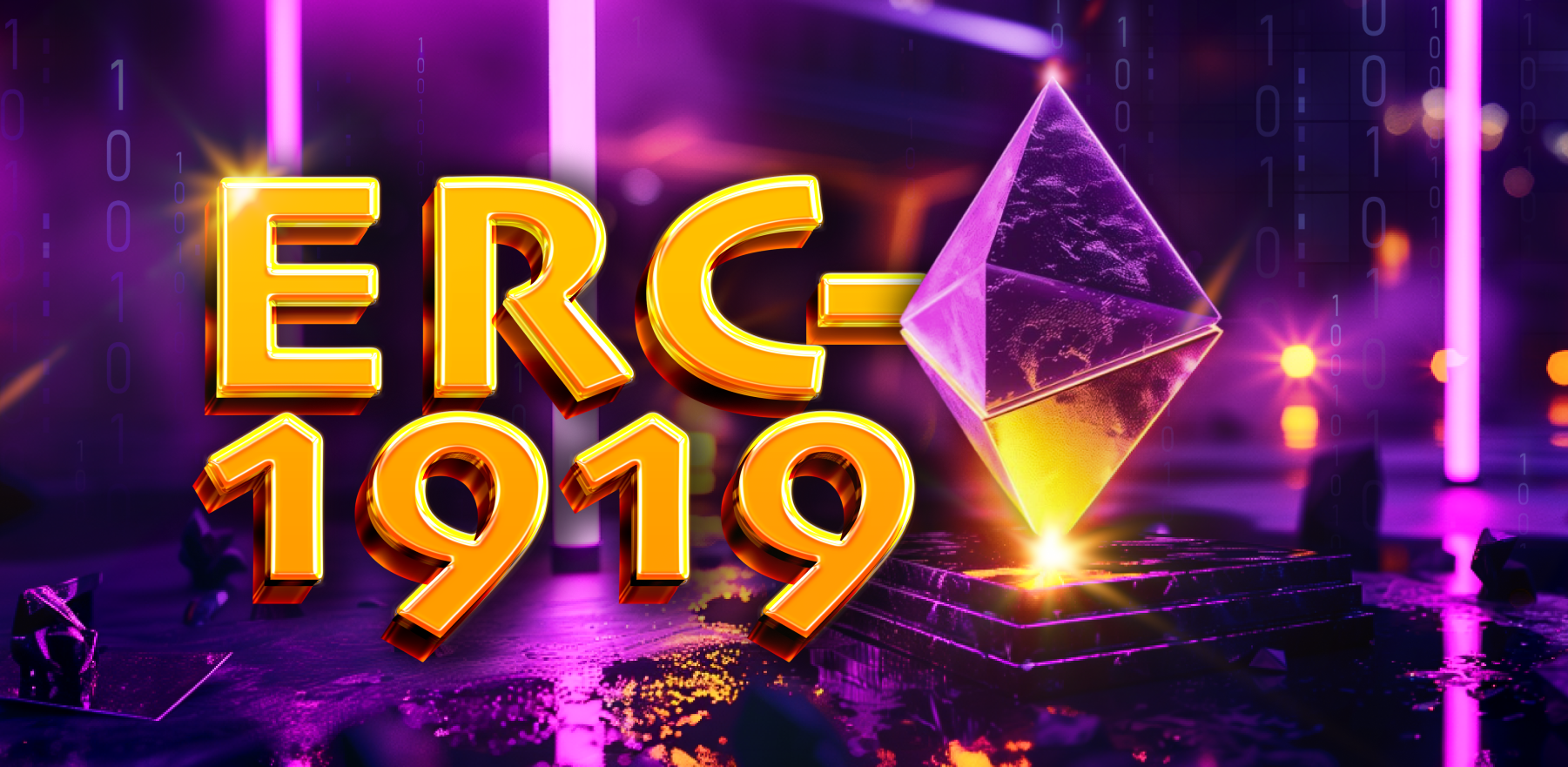What Is the ERC-1919 Token Standard?

Introduced in May 2024, ERC-1919 is a new token standard on the Ethereum blockchain designed to enhance the security, transparency, and efficiency of token trading.
The first token to adopt the ERC-1919 standard, AirCoin, was introduced by AIR on May 24, 2024. Given its recent debut, there isn't yet a comprehensive foundation for analysis.
The official declaration on their website states that “ERC-1919 is engineered to make rug pulls, presales, and VC investment impossible,” and positions itself as the “groundbreaking successor to ERC-20 and ERC-404.”
Let's examine its features and possible shortcomings.
Key Features of the ERC-1919 Standard
One of the most notable features of this standard is the elimination of liquidity pools. Unlike the majority of tokens, which utilize liquidity pools (LPs), ERC-1919 does not, meaning AirCoin cannot be traded via automated market makers (AMMs).
How does trading work then? ERC-1919 tokens can only be transacted through smart contracts. This method is touted by its creators as enhancing transparency and security because it ensures that all transactions are recorded directly on the blockchain. Here's how it operates:
To buy tokens, a user sends ETH to a specific smart contract, which then mints new AirCoin and transfers them to the user. When selling, the user sends AirCoin back to the smart contract, where they are automatically burned, and the user receives the equivalent value in ETH. This transaction mechanism effectively regulates the total number of tokens in circulation.
A transaction fee of 5% is charged on each operation.
Another key feature of the ERC-1919 standard is the prohibition of presales, token allocations to the team, and airdrops. This regulation ensures a fairer and more decentralized distribution of tokens, as it prevents founders from controlling a significant amount of the assets or dictating terms to other users. This setup eliminates the need for users to trust the developers, adhering to a core principle of reliable distributed ledgers.
A third feature is the algorithmic pricing of assets. This should not be confused with the principles that govern algorithmic coins.
The ERC-1919 standard sets token prices based on distinct price levels established by the smart contract. These levels depend on the initial issue price of the ERC-1919 tokens—the higher the level, the more expensive the token. The protocol limits the number of assets at each level: when tokens at a specific level run low, their price automatically increases. When purchasing tokens, the system automatically selects the most favorable level for the user, and similarly, the best level for selling when disposing of tokens.
This algorithm aims to ensure that the price of ERC-1919 tokens is not influenced by market manipulations.
Advantages and Disadvantages of the ERC-1919 Standard
Due to the lack of liquidity pools and trading via smart contracts, ERC-1919 tokens are less susceptible to market manipulations and hacking attacks. The bans on presales, team allocations, and airdrops also contribute to the standard’s integrity, promoting true decentralization in the financial markets.
However, liquidity poses a significant challenge. Without LPs, it’s unclear how liquidity will be maintained. Will it depend solely on the token’s own issuance? Can algorithmic pricing sustain a fair market price for the asset?
Additionally, engaging with ERC-1919 tokens requires a solid understanding of smart contracts, which narrows the pool of potential users.
At the time of writing, the project's smart contract held just over 43.75 ETH, suggesting that the AIR token has not yet achieved broad adoption. Nonetheless, it holds potential due to its innovative approach within the Ethereum ecosystem.
The content on The Coinomist is for informational purposes only and should not be interpreted as financial advice. While we strive to provide accurate and up-to-date information, we do not guarantee the accuracy, completeness, or reliability of any content. Neither we accept liability for any errors or omissions in the information provided or for any financial losses incurred as a result of relying on this information. Actions based on this content are at your own risk. Always do your own research and consult a professional. See our Terms, Privacy Policy, and Disclaimers for more details.

























